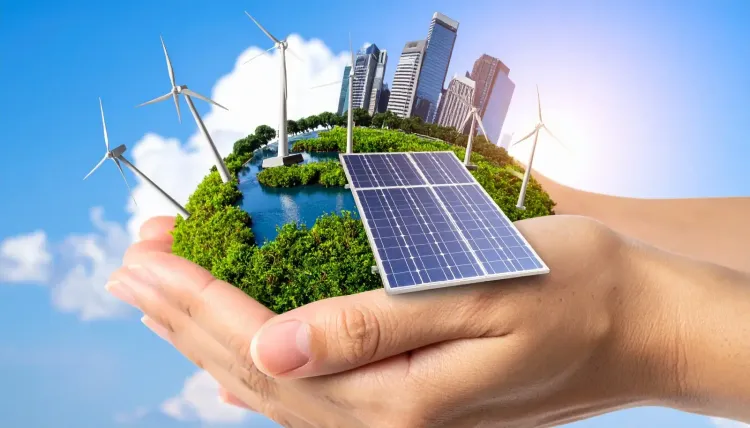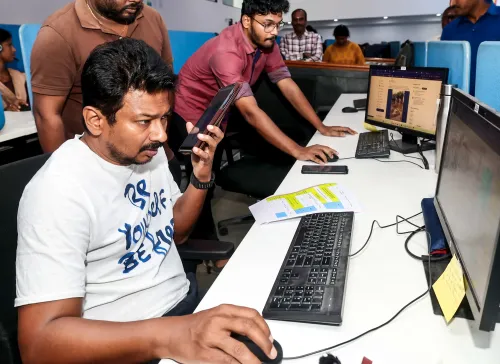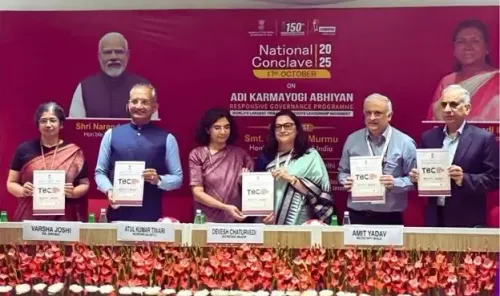Is India's Renewable Energy Focus Shifting from Speed to System Strength?

Synopsis
Key Takeaways
- Focus on system strength rather than just capacity growth.
- Target of 500 GW of non-fossil capacity by 2030.
- Over 40 GW of projects nearing completion.
- Annual addition of 15-25 GW of renewable capacity despite global challenges.
- Transformation through Green Energy Corridors and new transmission lines.
New Delhi, Oct 22 (NationPress) India is evolving its approach to renewable energy, moving from rapid capacity expansion to building a robust, dispatchable, and integrated energy system, as announced by the government on Wednesday.
The official statement highlights that the nation is now prioritizing system strength over mere capacity increase in its renewable energy transition.
According to the Ministry of New and Renewable Energy, the defining factors for India’s renewable energy sector will encompass the strength, stability, and sophistication of its systems.
Over the past decade, India has seen its renewable energy capacity surge more than fivefold, increasing from less than 35 GW in 2014 to over 197 GW (excluding large hydro) today, with a target of reaching 500 GW of non-fossil capacity by 2030.
The ministry stated, "We are actively addressing grid integration, energy storage, hybridization, and market reforms, which are the essential building blocks for a 500 GW-plus non-fossil energy future."
This recent slowdown in capacity growth represents a necessary recalibration, allowing for future advancements to be stable, dispatchable, and resilient.
Currently, over 40 GW of awarded projects are on the verge of finalizing Power Purchase Agreements (PPAs), Power Supply Agreements (PSAs), or transmission arrangements. Recently, central and state agencies have procured 5.6 GW and 3.5 GW, respectively. Furthermore, commercial and industrial consumers are expected to account for nearly 6 GW by 2025.
The government emphasized that the addition of renewable energy capacity is progressing through various channels, not limited to REIA-led bids.
Despite facing global challenges, India maintains an impressive annual addition of 15-25 GW of new renewable capacity, one of the fastest rates globally.
Moreover, the adjustments in GST structures and ALMM provisions aim to stabilize costs, boost module reliability, and enhance scale efficiencies within India’s evolving solar manufacturing sector.
India’s grid is undergoing a transformation through the Rs 2.4 lakh crore Transmission Plan for 500 GW, connecting states abundant in renewable resources with areas of high demand.
Additionally, the development of Green Energy Corridors and new high-capacity transmission lines is projected to unlock over 200 GW of potential, the release noted.









